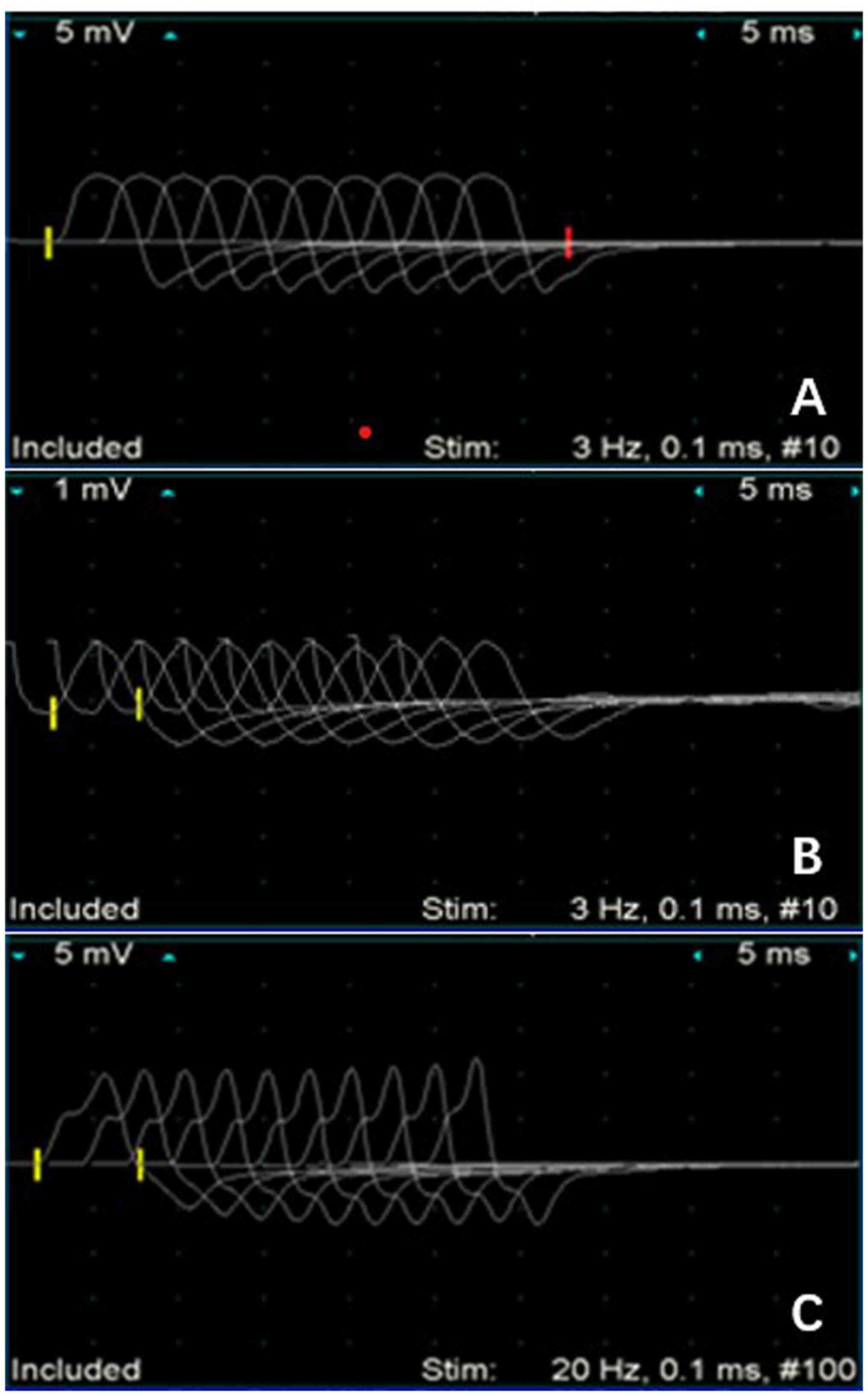
Neurosyphilis with oral‑facial‑lingual dyskinesia: A case report
- Authors:
- Yingfang Liang
- Bixun Li
- Danyan Ou
- Guoliang Li
- Hao Zeng
View Affiliations
Affiliations: Department of Comprehensive Internal Medicine, Guangxi Medical University Cancer Hospital, Nanning, Guangxi 530022, P.R. China, Department of Neurology, Xiangya Hospital, Central South University, Changsha, Hunan 410008, P.R. China, Department of Spine and Osteopathy Surgery, Guangxi Medical University First Affiliated Hospital, Nanning, Guangxi 530022, P.R. China
- Published online on: September 21, 2023 https://doi.org/10.3892/etm.2023.12219
-
Article Number:
520
-
Copyright: © Liang
et al. This is an open access article distributed under the
terms of Creative
Commons Attribution License.
Metrics: Total
Views: 0 (Spandidos Publications: | PMC Statistics: )
Metrics: Total PDF Downloads: 0 (Spandidos Publications: | PMC Statistics: )
This article is mentioned in:
Abstract
The present study describes the case of a 52‑year‑old male patient who presented with subacute onset dysarthria and oral‑facial‑lingual dyskinesia, with normal blood glucose and acanthocyte levels, and no history of drug use. The patient tested negative for autoimmune encephalitis‑related antibodies and paraneoplastic‑related antibodies. The level of cerebrospinal fluid (CSF) protein was slightly elevated, and the Treponema pallidum hemagglutination assay and rapid plasma reagin test were positive in both serum and CSF samples. After 1 month of treatment with doxycycline, the patient's oral‑facial‑lingual dyskinesia was significantly improved, suggesting the diagnosis of neurosyphilis.
View References
|
1
|
Shah BB and Lang AE: A case of
neurosyphilis presenting with myoclonus, cerebellar ataxia, and
speech disturbance. Mov Disord. 27(794)2012.PubMed/NCBI View Article : Google Scholar
|
|
2
|
Zhang X, Zhang W, Liu R, Dong Z and Yu S:
Factors that influence Tolosa-Hunt syndrome and the short-term
response to steroid pulse treatment. J Neurol Sci. 341:13–16.
2014.PubMed/NCBI View Article : Google Scholar
|
|
3
|
Fazekas F, Barkhof F, Wahlund LO, Pantoni
L, Erkinjuntti T, Scheltens P and Schmidt R: CT and MRI rating of
white matter lesions. Cerebrovasc Dis. 13 (Suppl 2):31–36.
2002.PubMed/NCBI View Article : Google Scholar
|
|
4
|
Ghanem KG: Management of adult syphilis:
Key questions to inform the 2015 centers for disease control and
prevention sexually transmitted diseases treatment guidelines. Clin
Infect Dis. 61(suppl 8):S818–S836. 2015.PubMed/NCBI View Article : Google Scholar
|
|
5
|
Klein M, Angstwurm K, Esser S, Hahn K,
Maschke M, Scheithauer S, Schoefer H, Sturzenegger M, Wildemann B
and Weber J: German guidelines on the diagnosis and treatment of
neurosyphilis. Neurol Res Pract. 2(33)2020.PubMed/NCBI View Article : Google Scholar
|
|
6
|
Martinelli P, Rizzo G, Scaglione C and
Capellari S: Neurosyphilis orofacial dyskinesia: The candy sign.
Mov Disord. 28:246–247. 2013.PubMed/NCBI View Article : Google Scholar
|
|
7
|
Lenka A, Thota N, Stezin A, Pal PK and
Yadav R: Orofacial involuntary movements in neurosyphilis: Beyond
the candy sign. Tremor Other Hyperkinet Mov (N Y).
7(507)2017.PubMed/NCBI View
Article : Google Scholar
|
|
8
|
Marto JP, Borbinha C, Lampreia T, Alves L
and Viana-Baptista M: Teaching Video NeuroImages: Candy sign: The
clue to the diagnosis of neurosyphilis. Neurology.
88(e35)2017.PubMed/NCBI View Article : Google Scholar
|
|
9
|
Wang X, Mu P, Zhang W and Liu Y: Case
Report: Not all neurological symptoms respond well to penicillin in
patients with neurosyphilis. Front Neurol.
12(813829)2022.PubMed/NCBI View Article : Google Scholar
|
|
10
|
Shah BB and Lang AE: Acquired
neurosyphilis presenting as movement disorders. Mov Disord.
27:690–695. 2012.PubMed/NCBI View Article : Google Scholar
|











